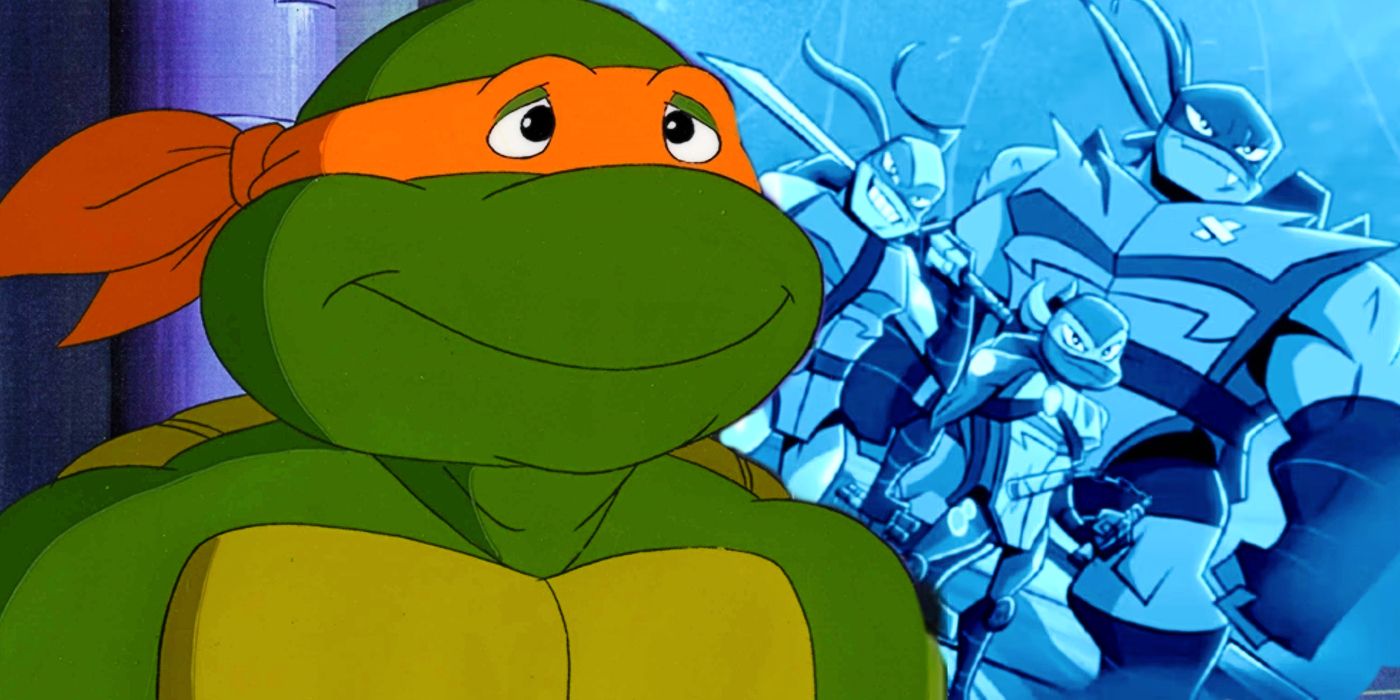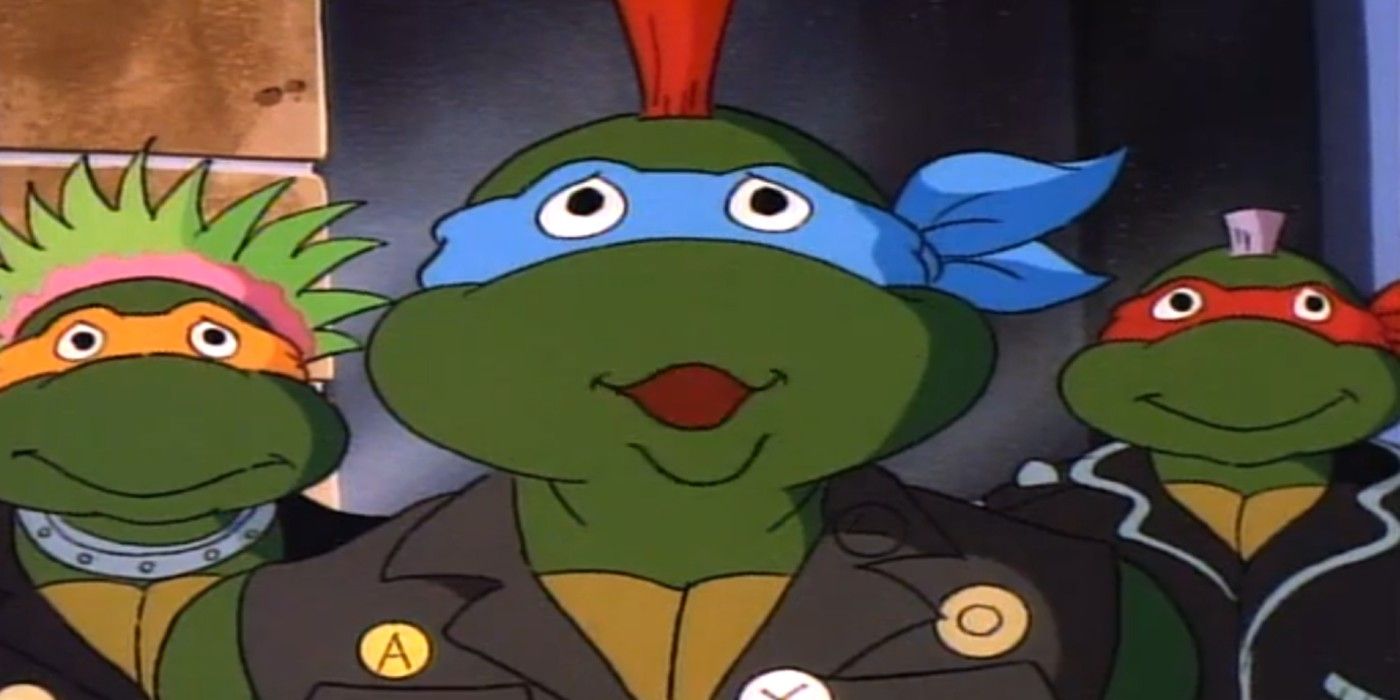Teenage Mutant Ninja Turtles was a series that’s seen countless reboots; however, the next return of the sewer-dwellers has to use one perfect nostalgia trick. In 1987, the first TMNT television series broadcasted and established Leonardo, Raphael, Michelangelo, and Donatello as pop culture icons. Having had multiple follow-up series, movies, and appearances in almost every form of media imaginable, the story of Teenage Mutant Ninja Turtles, has been told and retold with ever-evolving mythology without any signs of fading into obscurity.
Despite being adapted for modern audiences through movies and television series such as Rise of the Teenage Mutant Ninja Turtles, Nickelodeon acknowledged that nostalgia kept the four brothers going since their 1987 TV debut. With Nickelodeon using the 1987 turtles as the poster reptiles of the series rather than more modern incarnations, it’s clear that Teenage Mutant Ninja Turtles' future has always been in its past as a product of the '80s. With another TMNT reboot inevitable upon Rise of the Teenage Mutant Ninja Turtles’ finale, the series has to return to the ‘80s, the turtles’ roots, and make a period piece that embraces the nostalgic zeitgeist.
The Nostalgia of the Teenage Mutant Ninja Turtles
Nickelodeon had multiple original Teenage Mutant Ninja Turtles reboots under its belts, but didn’t see as much representation from the brand as the 1987 series had. Projects such as TMNT: The Cowabunga Collection, TMNT: Shredder’s Revenge, and Nickelodeon All-Star Brawl all headlined with the original four brothers rather than their modern counterparts. It’s because the 1987 cartoon still stands as the most recognizable out of every TMNT movie and TV adaptation. The '80s was when the characters were at their most popular, and because of how the turtles managed to show up everywhere, from toy aisles to comic shops, movie theaters, and grocery stores, it’s challenging to find someone who didn’t grow up without them. Although NYC’s ninja reptiles usually found a new generation to entertain through their legacy, the '80s nostalgia was always irrefutable to their future successes.
What Can a 1980s Setting do for TMNT?
With TMNT so ingrained in 1980’s culture, it’s odd to think that none of the reboots decided to return to that era beyond a few nods and crossovers with the original TV series. Stranger Things, Cobra Kai, and countless other series have proven audiences are nostalgic and that a 1980s setting has a lot of possibilities. Setting an upcoming Teenage Mutant Ninja Turtles reboot in the era that created them, playing off the culture and aesthetics, is a way to do something new with the series in a way that makes sense. A TMNT show that pays tribute to straight-to-VHS action and sci-fi flicks in a stylized gritty '80s NYC with a neon color palette is a perfect fit. Additionally, homaging '80s movies like Predator, The Lost Boys, and David Cronenberg's The Fly through characters like the Triceratons, Vam Mi and Baxter Stockman seems ideal for the odd satirical mythology that makes up the world of the Teenage Mutant Ninja Turtles. With so many series attempting to modernize the cast, exploring TMNT in the time and culture that created it would be a promising prospect while being true to its origins.
The Teenage Mutant Ninja Turtles franchise is a product of the '80s, and a testament to how far such a delightfully bizarre idea can go. However, in a new era for Splinter and the Ninja Turtles, a nostalgia-style reboot is the best way to move forward. It’s time Teenage Mutant Ninja Turtles does more than acknowledge its past and fully embraces the pastiche.


.jpg)
